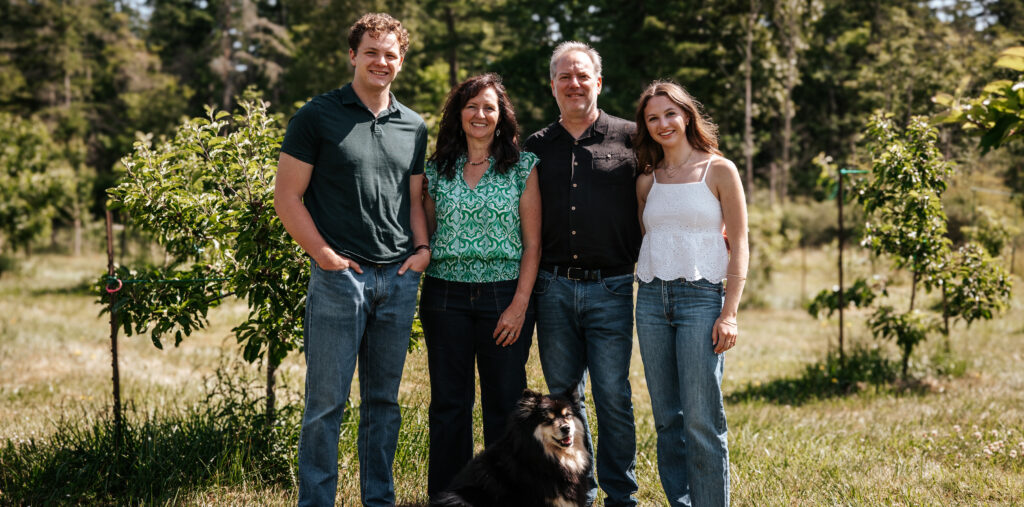– by Doreen Marion Gee –
The winter of 2012/13 was a difficult time for our family. My mother was not able to live in her own home anymore and she had to go to a more supportive environment. This major transition is a fact of life for some elders. However, depending on people’s circumstances, there is a huge variety of options, from staying in one’s own home to both minor and major housing changes. Sometimes personal choice plays a role and sometimes it doesn’t.
The good news is that many seniors are remaining in their own homes during their sunset years. In an interesting interview with Isobel Mackenzie, B.C. Seniors Advocate, she revealed that approximately 93% of people over age 65 and two-thirds over age 85 are living independently in their own homes without any government support. When seniors are able to stay in their homes, a dizzying list of “home care” companies on the Peninsula and in Victoria provide a mountain of care options all the way from companionship and housekeeping to driving services and walking your dog.
However, when seniors need to move to a more supportive environment, many factors can affect whether they go into an “Assisted Living” situation or a “Residential Care” facility. The first level of care, assisted living, is the optimal choice for adults able to live independently and make decisions on their own behalf but who, due to health challenges, still need to move to a more supportive environment. Housing options range from a room to a private suite. Amongst many others, assisted living services include assistance with personal care, two meals a day, housekeeping and an emergency response system.
When my mother’s health problems became severe and required around-the-clock medical care, she went into a long-term-care facility. After assisted living, the next level of support is “Licensed Residential Care.” According to Isobel, this medical decision is made when the elder has complex physical needs and has dementia severe enough that they have to be in a secure environment to keep them safe. At the point where they can no longer be cared for in their own homes or in an assisted living residence, 24-hour professional supervision and medical care is the sensible choice. Long-term residential care services include: clinical support services; medications; meals, including therapeutic diets prescribed by a physician, and medical supplies – to name just a few.
The word “choice” has a nice ring to it, but personal circumstances sometimes erode that candy-coated concept. Isobel comments that if somebody needs residential care, “a bed will be found.” This accessibility is due to the fact that 95% of people in residential care are receiving a government subsidy (Seniors Advocate’s Report on Seniors’ Housing in BC, May 2015). However, for those seniors in the mid- to low-income range, accessing the less acute options is much more challenging. In her report, Isobel expresses concern that only about 20% of seniors in assisted living units receive government subsidies, and she informs me that the actual availability of subsidized units is also very low. It seems that the vast majority of people in assisted living are there simply because they can afford it.
With the exception of long-term care, accessibility to proper supportive housing appears to be based more on income than any other factor. The same Seniors Advocate’s report states that “The median income for seniors (in BC) is $24,000.” Many people cannot afford the community living situation they need. Our current affordable housing crisis extends to seniors’ supportive housing options as well. When I asked Isobel a direct question: “Is the type of housing that seniors need available everywhere?” her answer was an emphatic “No.”
When elders are at the stage of life where they need a different kind of roof over their head, their families will have to begin “that conversation.” With so many factors involved in this major life transition, it is wise to consider all of the angles when making a decision. At least our family took great solace in the fact that mom was 96 when she had to leave her home – she had enjoyed a long and wonderful life.
For more information on supportive housing options available in all categories and levels, for the Peninsula and Greater Victoria, an excellent resource is: www.beaconconnects.ca/housing/housing-care-facilities on the Beacon Community Services website. They also list whether each facility is a “VIHA affiliate,” “Not-for-profit,” or “Private.”
Seniors Advocate: www.seniorsadvocatebc.ca.




